Metallic finishes and "premium" paints mean owners can stand out - at a cost.
In the days of the Ford Model T, you could have any colour as long as it was black. Then in the hippy seventies the palette was psychedelic - Vermilion Fire purple and CandyApple red.
In recent years, the "German rainbow" has taken over our roads. In an attempt to look premium, car makers are favouring the colours associated with luxury cars - white, silver, grey and black.
Now, customers must not only pick from a wide palette of colours, but also decide on the type of paint.
Car makers have long been offering metallic paint, but now a range of even more expensive "premium" paints have made their way into showrooms featuring everything from man-made particles to glass shavings.
At the top end, the bill can cost close to the price of a city runabout.
And they don't come cheap. On a city runabout, you can pay an extra $500 if you aren't willing to settle for the one or two flat paints in the range. At the top end, the bill can cost close to the price of a city runabout.
The cost of a fancy paint doesn't end with the initial purchase either. The more expensive the finish, the more it costs to maintain.
Here's how to avoid paint pain
Local Heros
Australians have form for choosing outrageous colours for muscle machines starting when local brands mimicked America in the late 1960s. The trend returned with Holden's Commodore SS (remember Tiger Mica?) and Ford's Falcon XR (Acid Rush anyone?) in the early 2000s.
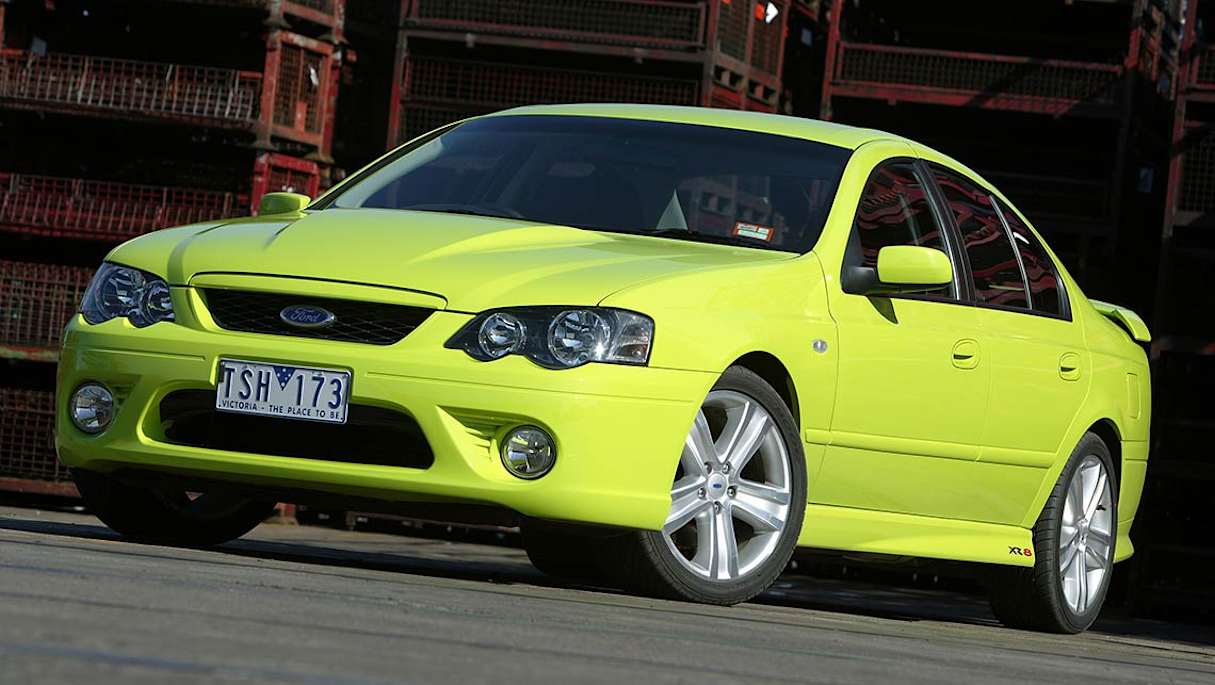
There are still some bright SS colours, but sadly Ford has no bright unique Australia colours available for Falcon. Americans still choose bright colours for their muscles cars including greens, oranges and — in the case of Dodge — even a bright purple.
Colour Blind
Burnt oranges and bright yellows are still on our roads, but Asia Pacific customers are a generally conservative lot when it comes to colours.
Paint specialist PPG says 2014 figures show white is the most popular car colour, with a 33 per cent share, with black in second with 20 per cent and silver at 12 per cent. Globally, white is also the colour king, with a 28 per cent share, up 3 per cent on the previous year.
Fine Print
Despite our black and white tastes, car makers are always trying to tempt us with hero colours, which are usually the cars featured in advertising. And for good reason.
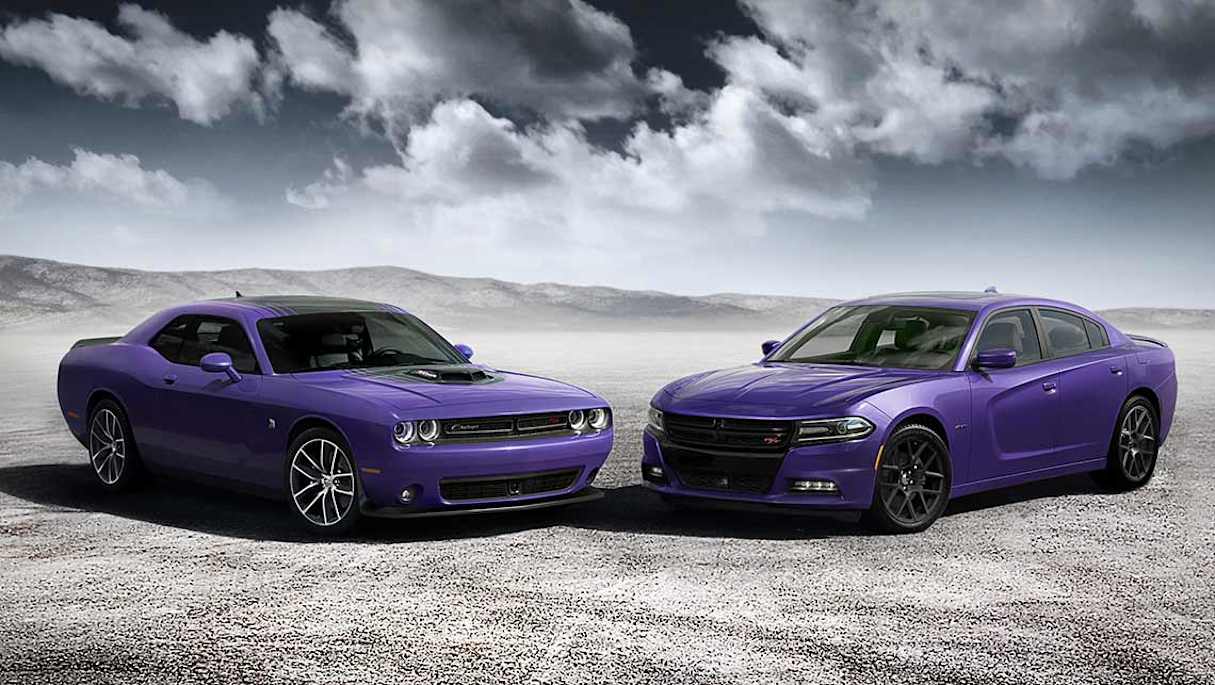
That "drive-away, no more to pay" price doesn't include the majority of colours offered on a car.
Many car makers charge a premium for every paint colour except for one (which is usually white, although red is sometimes flat). Even the budget brands charge considerable money for metallic finishes on their cheapest models.
Hyundai and Kia each have just one flat colour available on their i20 and Rio models (white), and charge $495 and $520 respectively, a big add-on on what are essentially entry-level cars.
Hyundai Australia spokesman Bill Thomas says 36 per cent of i20 customers pick white, so a large chunk of buyers avoid paying the premium.
Some brands such as Subaru and Mazda don't charge extra for metallic paint
But the fact that some brands such as Subaru and Mazda don't charge extra for metallic paint suggests there's a penny to be made somewhere.
Experts say metallic paints cost more to produce but the additional cost is unlikely to be anywhere near what the car brands charge for them.
One insider says the cost of the metallic or premium paint, in common with all other costs, can be haggled over.
If you think the mainstream brands are having a lend with their paint premiums, then consider what happens on high-end brands.
Luxury makers frequently provide tiered pricing when it comes to paint options.
There is a basic flat colour at no extra price, a metallic option (about $1200 to $1500 in many cases) and a premium option that can range from $2500 to $10,000 or more.
Some brands can colour match any paint, with customers choosing to replicate everything from the colour of a child's eyes to a food blender. One wealthy Middle Eastern customer even had AMG grind up one of his gold ingots and mix the shavings into the black paint applied to his car.
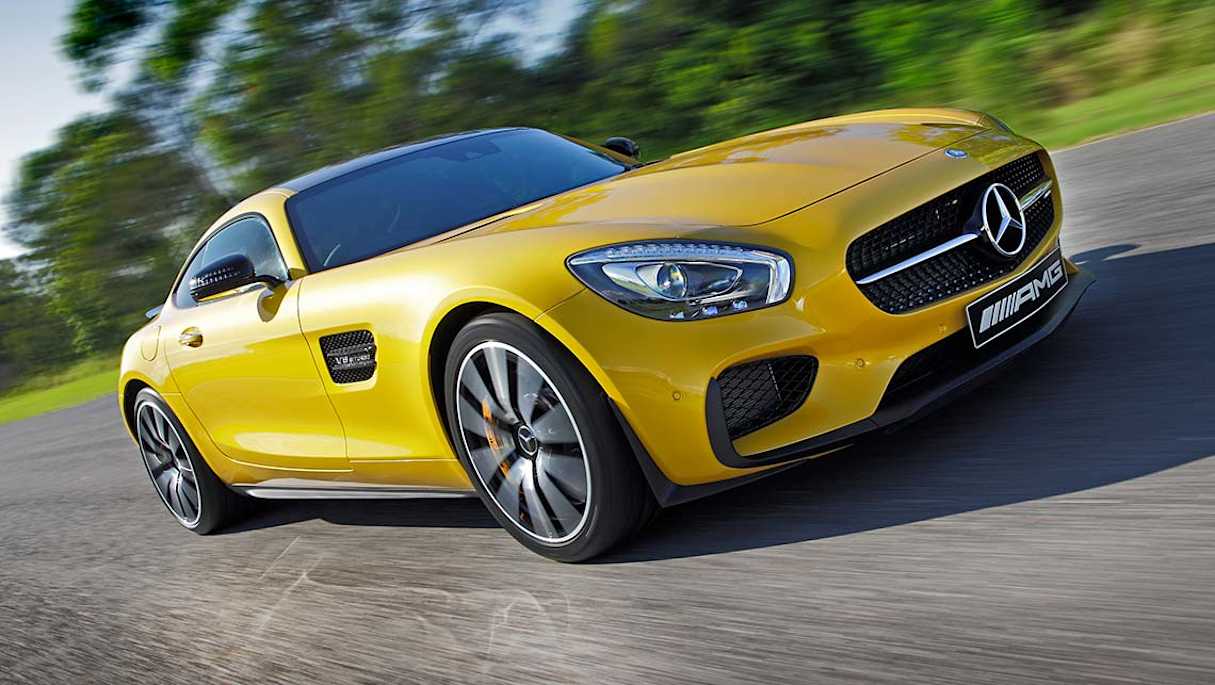
Maintenance
Premium paints are not all as easy to look after as flat or metallic paints.
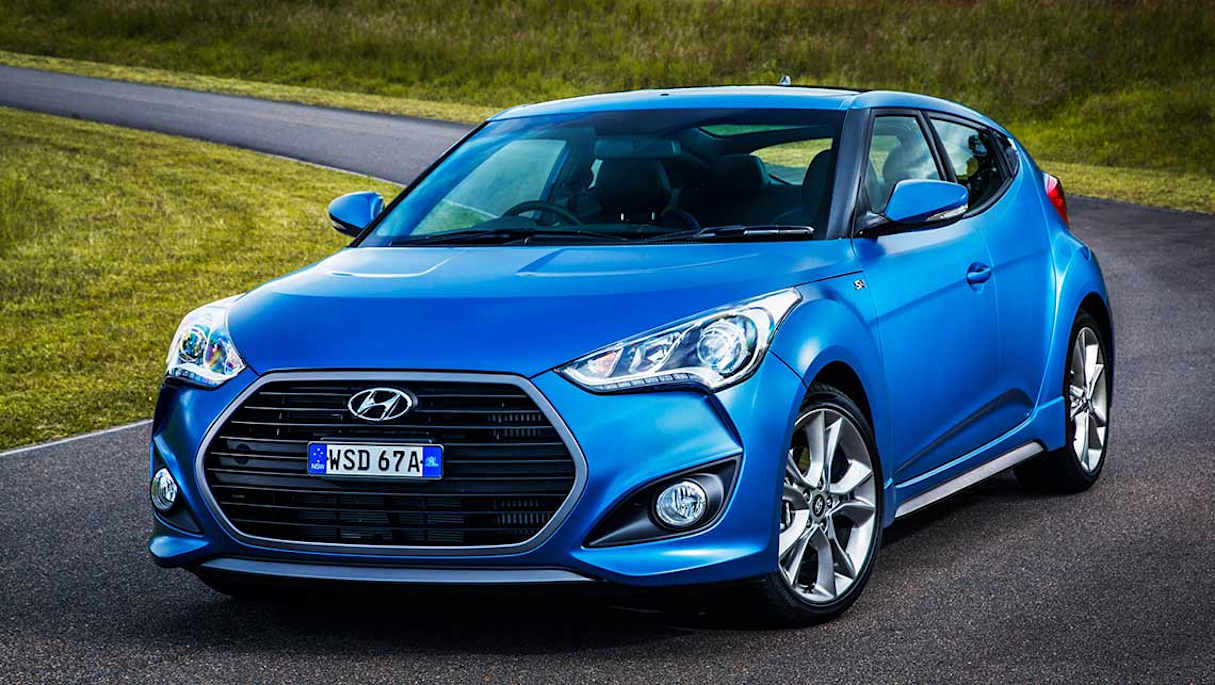
Some of the pearlescent paints that require multiple coats can't be repaired by all panel beaters, as it is the same with matt paint given the complexity of the application. Unless it is done to the letter, the repair will stand out.
Matt paints require a lot of special care to maintain their appearance. They must be hand washed, with a special mitt, using pH balanced soap, a microfibre towel and a microfibre chenille chamois. Using a high pressure hose at a coin-operated wash or putting them through an automatic wash can result in the surface going shiny.





.jpg)
.jpg)
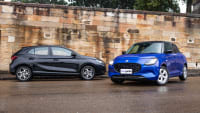


.jpg)
.jpg)

.jpg)


.jpg)


.jpg)



.jpg)



